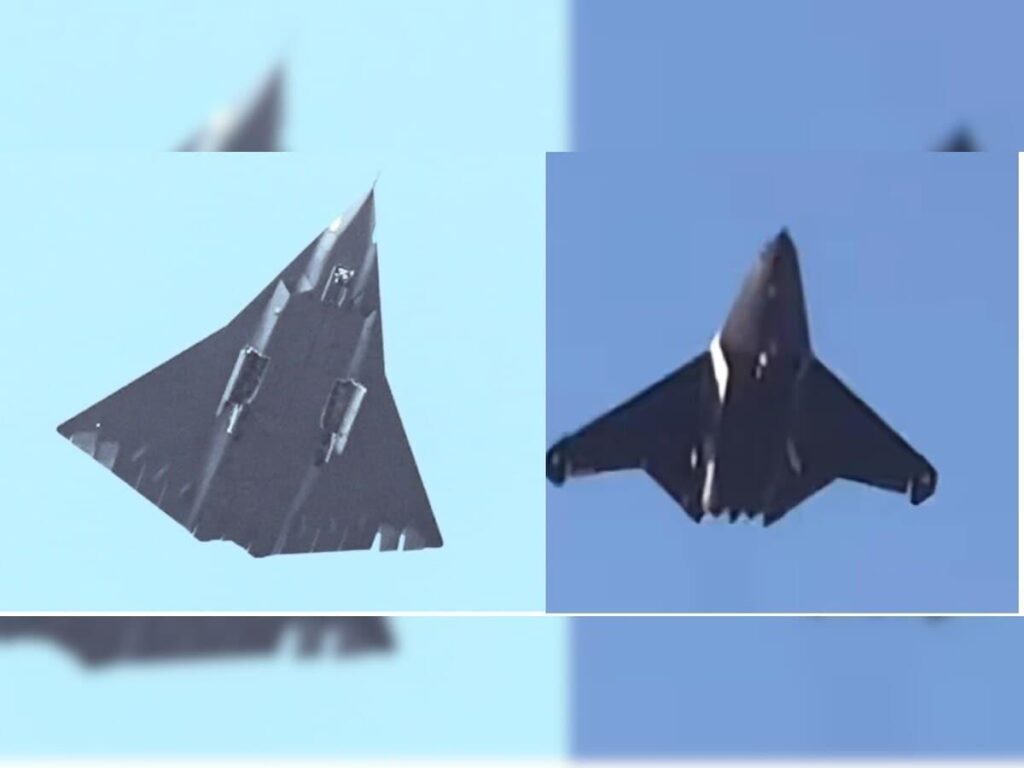As tensions continue to simmer on the global stage, the United States Air Force is sounding the alarm over China’s rapid advancements in the development of sixth-generation fighter aircraft. This latest escalation in the arms race highlights the growing competition between the two superpowers for air superiority. Now, more than ever, the race for control of the skies is heating up, as the US Air Force prepares to face off against China’s formidable arsenal of next-generation fighter jets.
Growing Concerns Over Chinas Sixth-Generation Fighter Capabilities
The US Air Force has issued a stark warning about China’s rapid advancements in the race to develop sixth-generation fighter capabilities. With recent reports indicating that China is making significant progress in the development of its own sixth-generation fighter aircraft, concerns are growing about the potential implications for global security.
According to experts, China’s sixth-generation fighter program poses a serious threat to US military dominance in the skies. The advanced technology and capabilities of these next-generation aircraft could potentially tip the balance of power in the Asia-Pacific region and beyond. As China continues to invest heavily in its military modernization efforts, the US Air Force is closely monitoring the situation and working to ensure that it remains at the forefront of aerial combat innovation.
Implications for US Air Force Superiority
The rapid advancements in China’s sixth-generation fighter program pose significant challenges to the long-standing superiority of the US Air Force. With China making substantial investments in cutting-edge technology and research, it is clear that the competition in the aviation sector is intensifying.
Some key implications for the US Air Force include:
- Technological Catch-Up: The US Air Force may need to accelerate its own sixth-generation fighter program to keep pace with China’s advancements.
- Strategic Shift: The military strategy of the US Air Force may need to adapt to the changing landscape of aerial warfare, focusing on countering the emerging threats posed by China’s advanced fighters.
Strategies for Maintaining Technological Edge
The US Air Force has issued a warning about the rapid advancements made by China in the race to develop sixth-generation fighter jets. These technological strides by China have raised concerns among military experts about the potential for the US to lose its technological edge in the skies. To combat this threat, the US Air Force is implementing strategies to maintain its dominance in technological innovation.
One key strategy being pursued by the US Air Force is to prioritize research and development in next-generation technologies such as hypersonic weapons, directed energy weapons, and artificial intelligence. By investing in these cutting-edge technologies, the US aims to stay ahead of competitors like China in the development of advanced fighter jets. Additionally, the US Air Force is working closely with industry partners and academia to harness innovation and ensure that American military capabilities remain at the forefront of technology.
To Conclude
As the race for sixth-generation fighter aircraft continues to heat up, the US Air Force’s warning about China’s rapid advancements serves as a stark reminder of the shifting dynamics in global military capabilities. With technology evolving at an unprecedented pace, it is crucial for nations to constantly innovate and collaborate in order to stay ahead in the ever-changing landscape of aerial warfare. The future of air superiority lies in the hands of those who are willing to adapt and push the boundaries of what is possible. The stakes are high, and the challenges are great, but with determination and innovation, the sky is truly the limit.
